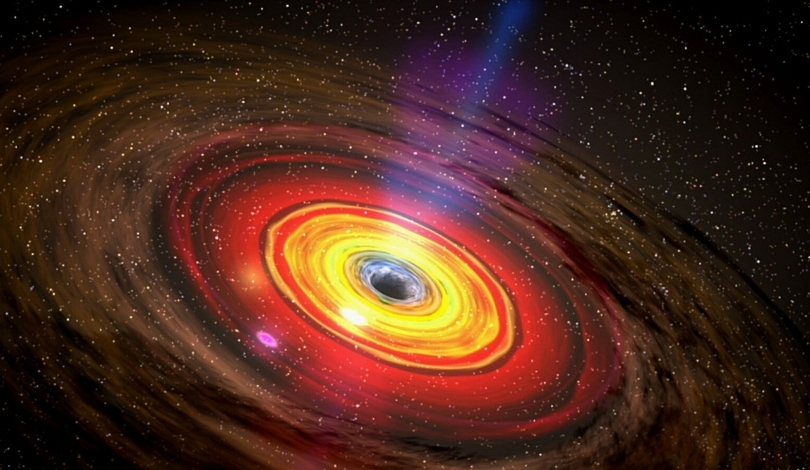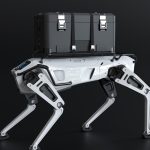The proliferation of space debris has emerged as a pressing concern for both space agencies and aviation authorities. With an increasing number of rocket launches each year, the accumulation of defunct satellites and spent rocket stages poses potential risks not only to space operations but also to commercial aviation. This growing issue highlights the need for coordinated efforts to mitigate the hazards associated with orbital debris. As the space industry expands, addressing the resulting debris becomes increasingly critical to ensure the safety of both space and air travel.
Space debris, including remnants from over 6,700 launches since the dawn of the Space Age, has long been monitored for its impact on space missions. Recent studies have deepened the understanding of how this debris may influence Earth’s airspace, particularly as the rate of launches by major players like the U.S. and China continues to rise. For instance, last year saw a record 263 launches, with the U.S. conducting 158 and China 68, contributing significantly to the existing debris population.
How Does Space Debris Affect Commercial Flights?
Space debris can interfere with commercial aviation by entering busy airspace regions, potentially requiring flight path adjustments and posing safety risks. A study by the University of British Columbia (UBC) team revealed a one in four chance yearly of debris entering high-traffic airspace, which could disrupt flight operations and increase costs for airlines. The research highlights the tangible impact that uncontrolled reentries can have on the aviation industry.
What Are the Predictions for Future Space Launches?
Future space launch projections indicate a continued increase in the number of missions, further escalating the situation of orbital debris. With launches expected to grow annually, the prevalence of debris-generating events is set to rise, exacerbating the Kessler Syndrome effect. This scenario underscores the urgency of developing effective debris management strategies to prevent a cascading increase in space junk.
What Incidents Highlight the Debris Risks?
Incidents such as the explosion of SpaceX’s Starship have underscored the real-world implications of space debris.
“The recent explosion of a SpaceX Starship shortly after launch demonstrated the challenges of having to suddenly close airspace. The authorities set up a ‘keep out’ zone for aircraft, many of which had to turn around or divert their flight path. And this was a situation where we had good information about where the rocket debris was likely to come down, which is not the case for uncontrolled debris re-entering the atmosphere from orbit.”
Similarly, the uncontrolled reentry of China’s Long March 5B rocket prompted airspace closures in Spain and France, highlighting the potential for debris to disrupt international air traffic.
What Solutions Are Being Proposed to Manage Debris?
Experts suggest designing rocket stages for controlled reentry to prevent debris from falling over populated or busy airspace areas. However, implementing such measures requires international cooperation and standardized regulations across the global space industry.
“Countries and companies that launch satellites won’t spend the money to improve their rocket designs unless all of them are required to do so,” Dr. Byers said.
This collective approach is essential to ensure that all stakeholders participate in mitigating debris risks effectively.
Addressing the space debris challenge is crucial to maintaining the safety of both orbital operations and Earth’s airspace.
“But why should authorities have to make these decisions in the first place? Uncontrolled rocket body re-entries are a design choice, not a necessity,”
Dr. Boley emphasized, highlighting the need for industry-wide responsibility. The findings by UBC researchers underscore the importance of proactive strategies to control debris reentry and necessitate collaborative international policies. Implementing controlled deorbiting of rocket stages could significantly reduce the risks posed to commercial aviation and support the sustainable use of space.










